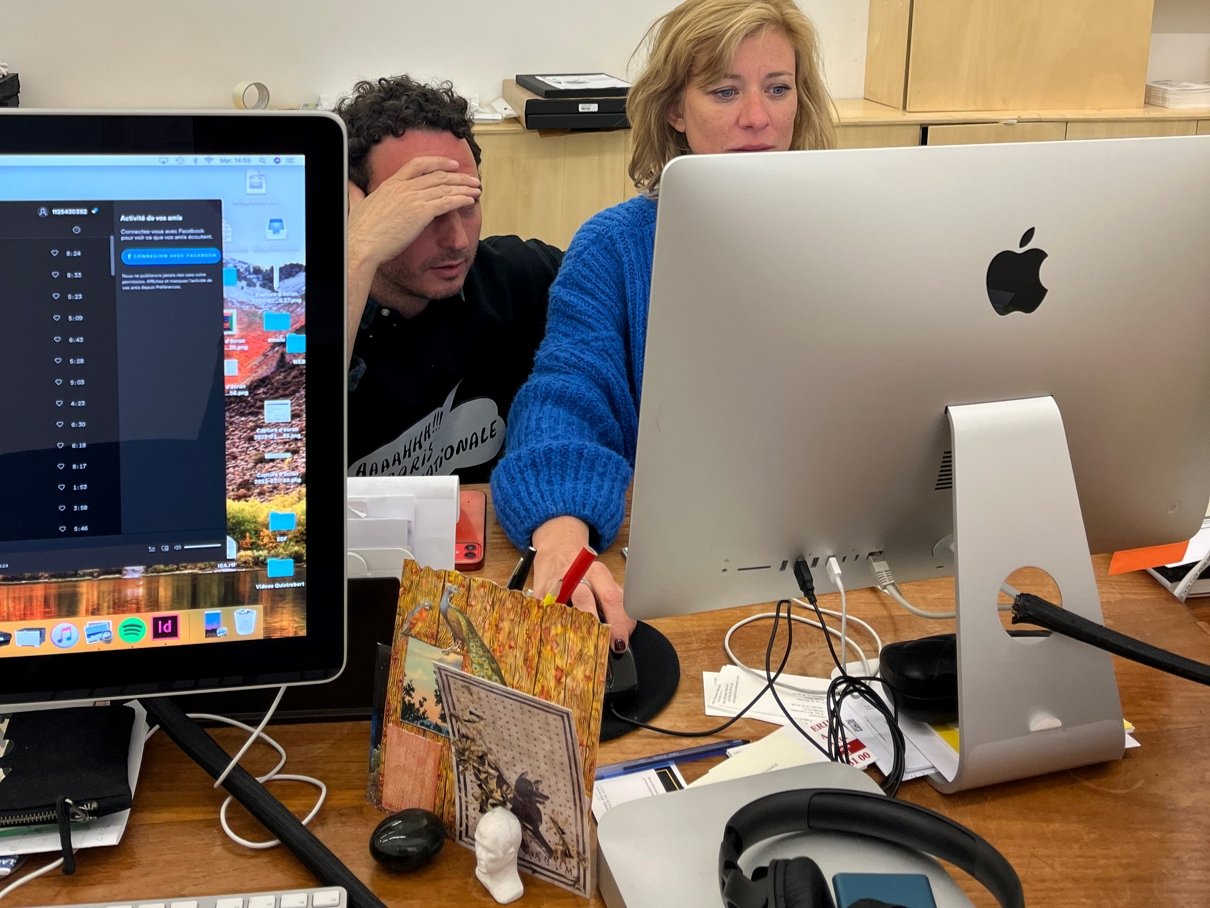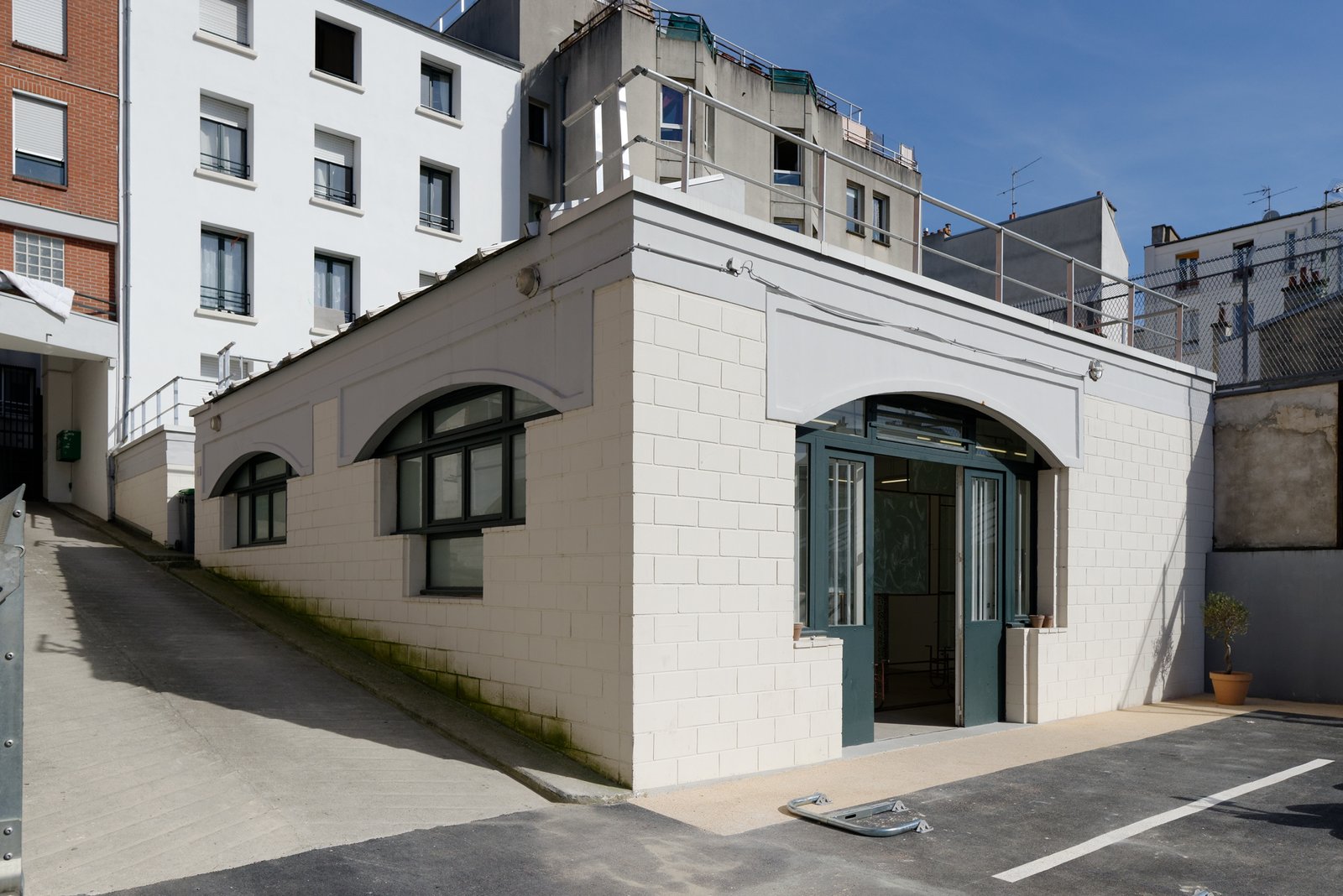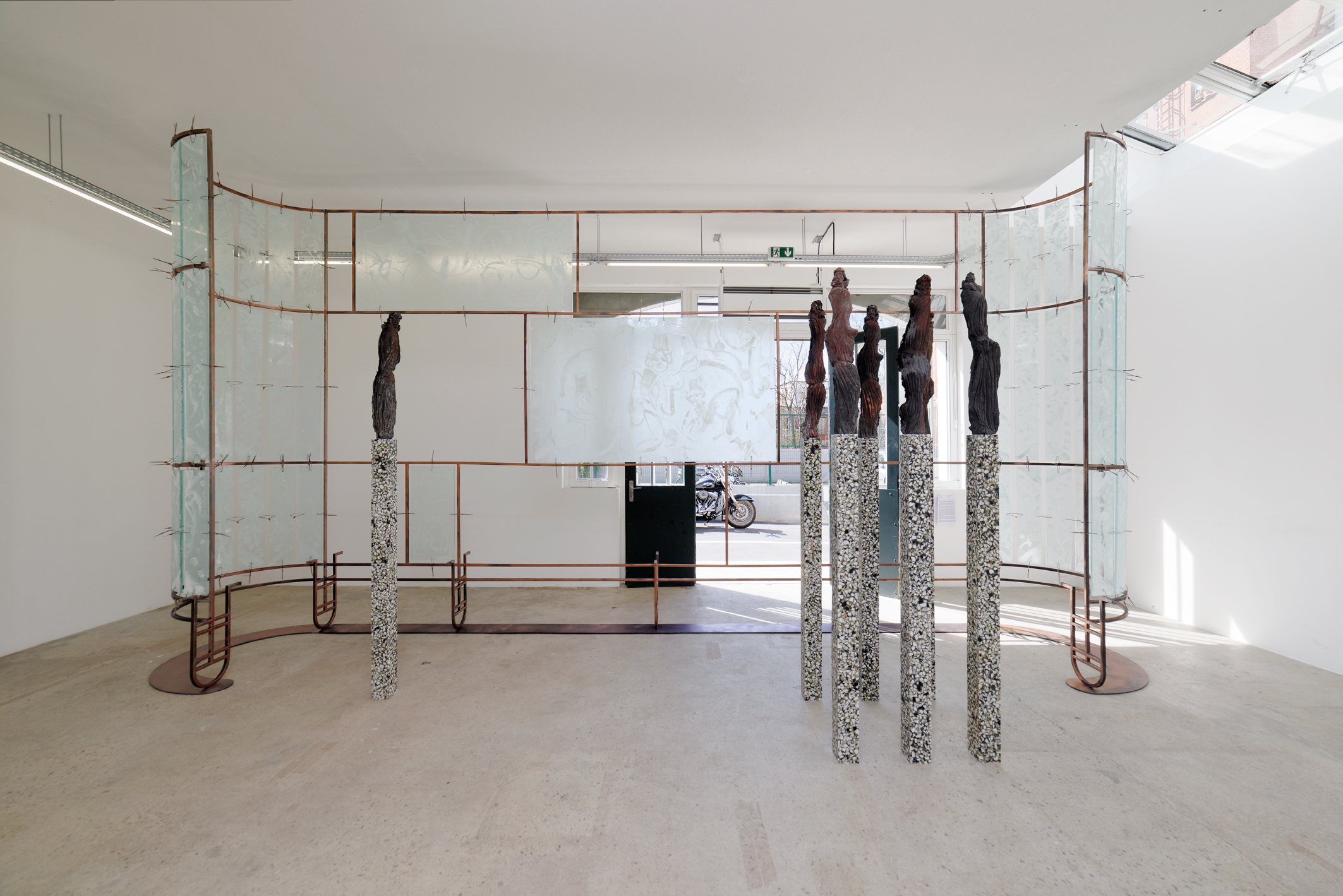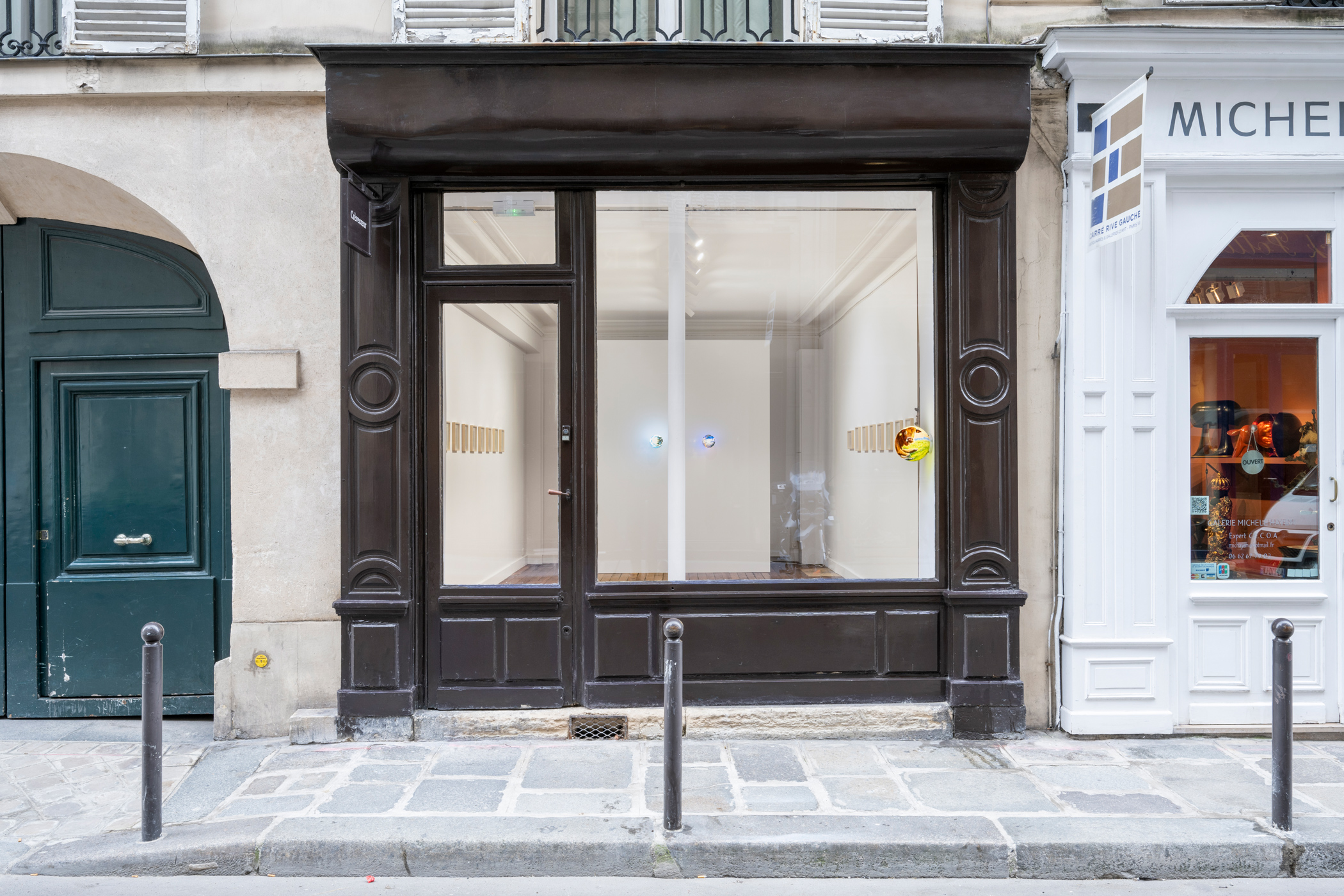Alix Dionot-Morani, co-owner of Crèvecoeur (an interview)
We talk to Crèvecoeur’s cofounder and director Alix Dionot-Morani, learning how the hip Paris gallery works for its artists and audience
Founded by Alix Dionot-Morani and Axel Dibie in 2009, Galerie Crèvecoeur (official website here) is now one of the leading galleries for emerging and mid-career art in France and beyond. It currently has two locations in Paris, and until recently one in Marseille. Coming from a background in curation (Dibie) and institutional work at Le Louvre and Palais de Tokyo (Dionot-Morani), the two owners of Crèvecoeur said they initiated the gallery with the idea of continuing the dialogue with some of the artists they met in their previous experience, those belonging to the their generation, whom by now have left the emerging status and entered their mid-career. We spoke to Dionot-Morani to know more about her gallery and her own approach to supporting artists, which, in her words, is about “believing in the different formats they are able to conceive, providing the freedom and flexibility they need.”

How would you describe your program to someone who doesn’t know your gallery yet?
Alix Dionot-Morani: It’s tricky to answer this question but I would say that we work with artists who reflect on the question of the image, on how it is produced, circulated, and re-appropriated in a post-digital world. Many of our artists work with the ways in which images are situated within the history of painting, sculpture, installation, and video, in the context of today where the hierarchy of the different references is no longer the one of the 19th or 20th centuries. Our artists feel the contemporary possibilities of manipulating references, sources and inspirations, coming not only from art history but also the history of literature, cinema, mass media culture, etc. There is a general and free interest in all the trajectories crossing the history of art.
How do you choose when an artist is worth representing?
Alix Dionot-Morani: It’s a whole feeling. We are lucky to be totally independent in our choices. Representing an artist is a subtle balance between being convinced by their artistic ambition and how much their work delves into topics we feel are important today. Their personality matters a lot, as the relationship between the gallerist and the artist is a very close one. We need to share the same direction, the same language. We need to have a common ambition.

Among all the ways in which a gallery supports an artist, what do you think is the most important?
Alix Dionot-Morani: A gallery needs to support the production of works for a Biennale for example, but also make sure the artist has a market even when their work is not easy to sell. Galleries are in the end not so different from a producer in cinema or a publisher in literature. It’s important to place your artist in good collections as that’s the way for them to have an income; it’s important to have good press coverage for archival, visibility, and intellectual reasons; it’s important that curators believe in your artists and include them in institutional exhibition, as it is a way to avoid market speculation – an artist sold at auction for an incredible price with almost no institutional exhibition is not a good sign. All these ways for a gallerist to support an artist have to happen at the same time. In the very long term, what matters to us is that our artists remain visible in the posterity.

Can galleries survive without fairs today?
Alix Dionot-Morani: That would be ideal, but fairs are still necessary for us in the current market situation. If you are a 40 year old gallery, maybe, fairs are not necessary for you. But we need to go to fairs to meet new audiences, make new connections, whether collectors or people working in institutions. At the same time, we don’t want to neglect the program in our galleries because we are too busy with fairs. For us, fair booths come after our gallery exhibitions.
In 2018, along with Galerie Gregor Staiger and Galerie Ciaccia Levi, you initiated Paris Internationale, a contemporary art fair that, as you say, “is made by gallerists for galleries.” What was the biggest challenge you faced when you started this project?
Alix Dionot-Morani: With Paris Internationale, we are interested in exploring what a fair can be, what it can become, and the ways a gallery can get back some independence from the big fairs. It is a non-profit project, where we just cover the costs. It is motivated by the idea of changing things from the inside. The biggest challenge was to make sure collectors and institutional people, those who come to Paris during that art world week in October, would come to see our fair as much as they would go to Fiac. We also managed to gather international galleries which did not come to exhibit in Paris before.

What can you say about young Parisian collectors today? Are any of the older ones also interested in emerging art?
Alix Dionot-Morani: There has always been a strong scene in Paris, which of course comes from a long tradition stretching back to the late 19th and early 20th century golden age of the city. When we started our gallery in 2009, we felt we were a bit in between two moments for the city and its collectors: those who were more focused on the past and a new generation interested in collecting for the city’s present and future. I feel Paris is again a place where even international collectors come to discover what’s new in contemporary art, not being afraid of visiting young galleries in parts of the city they would not go before. There is a new curiosity and mobility in collectors, which was not so present 20 years ago.
What has changed for your gallery since the pandemic?
Alix Dionot-Morani: The pandemic was a difficult moment for us as it was for most people, but it was also a good moment to reflect on our program, freed from the travels of the previous years. We could strengthen our conviction that the program is what matters most to us. We thought a lot about ways of supporting our artists during that time, for example working on publications.

Do you think the consequences of the war in Ukraine are already felt in the art world?
Alix Dionot-Morani: It feels we jumped in a new era. With some local actors and with the International Galleries Alliance we have been trying to find ways to help those in need the best way we can. The situation is just so serious and recent that I cannot say what consequences there will be for the art world.
October 5, 2022
